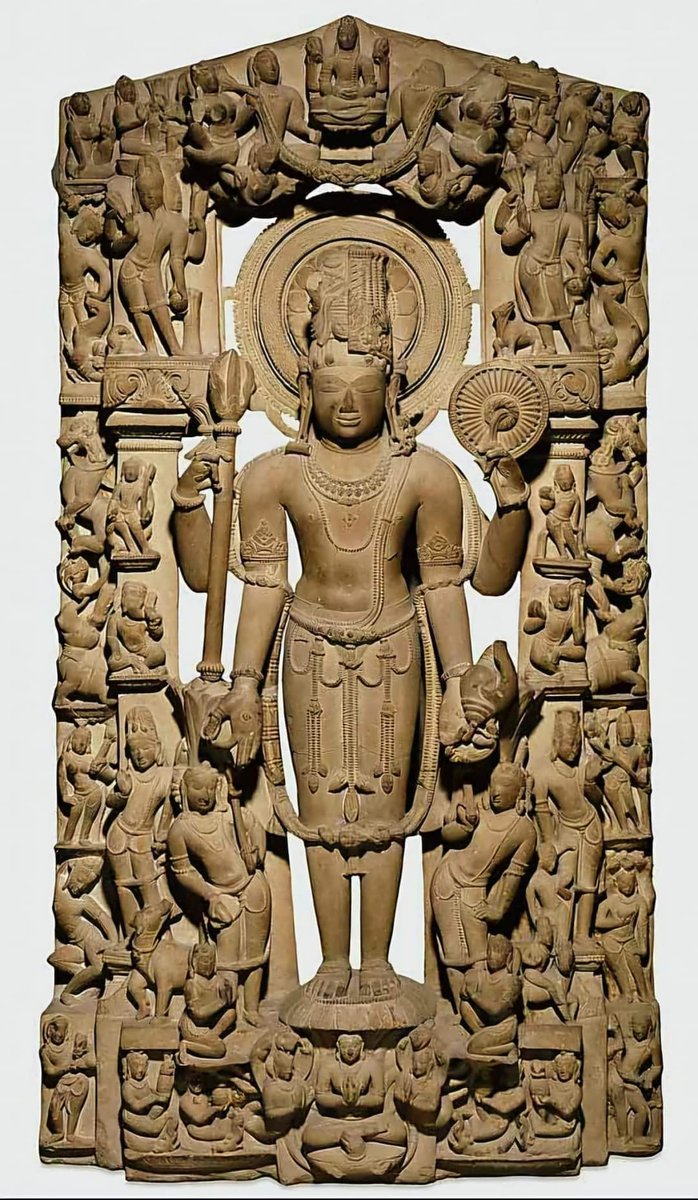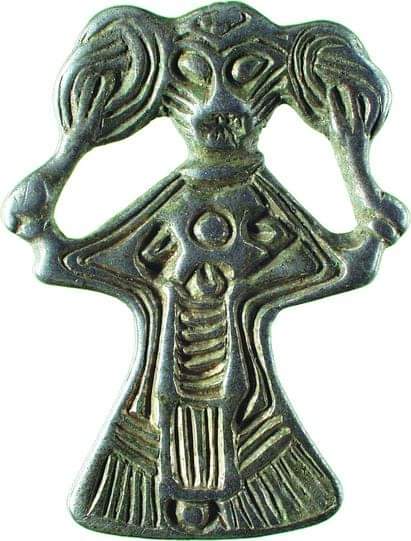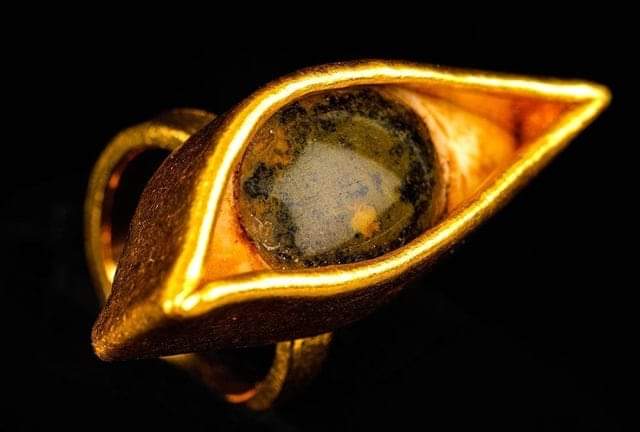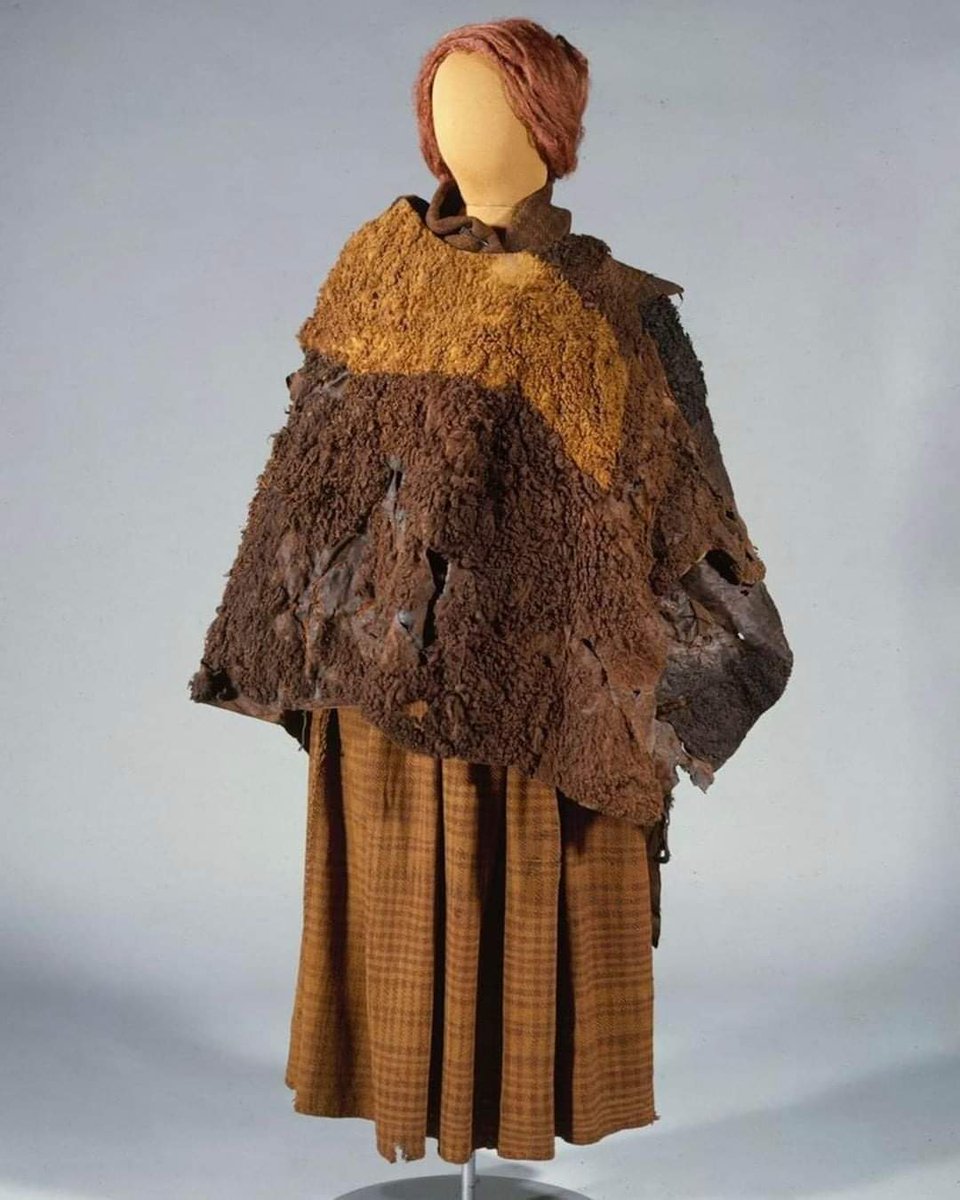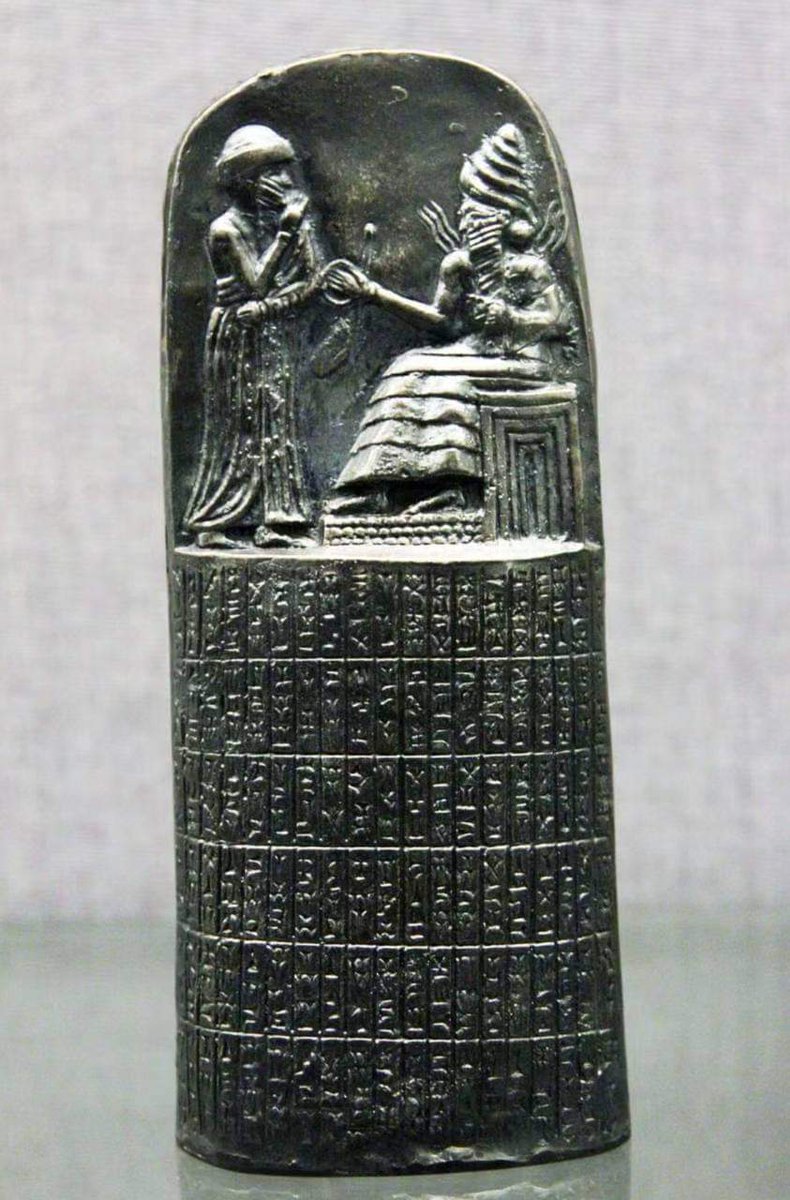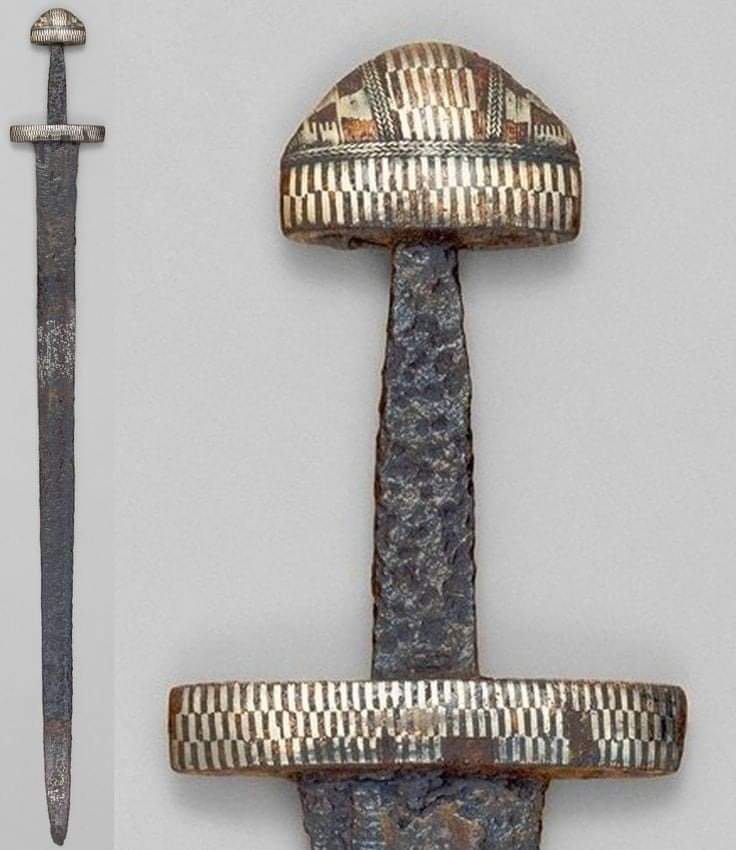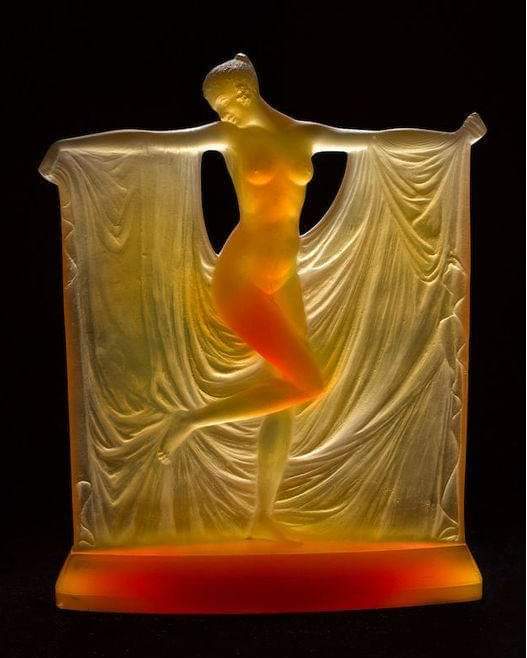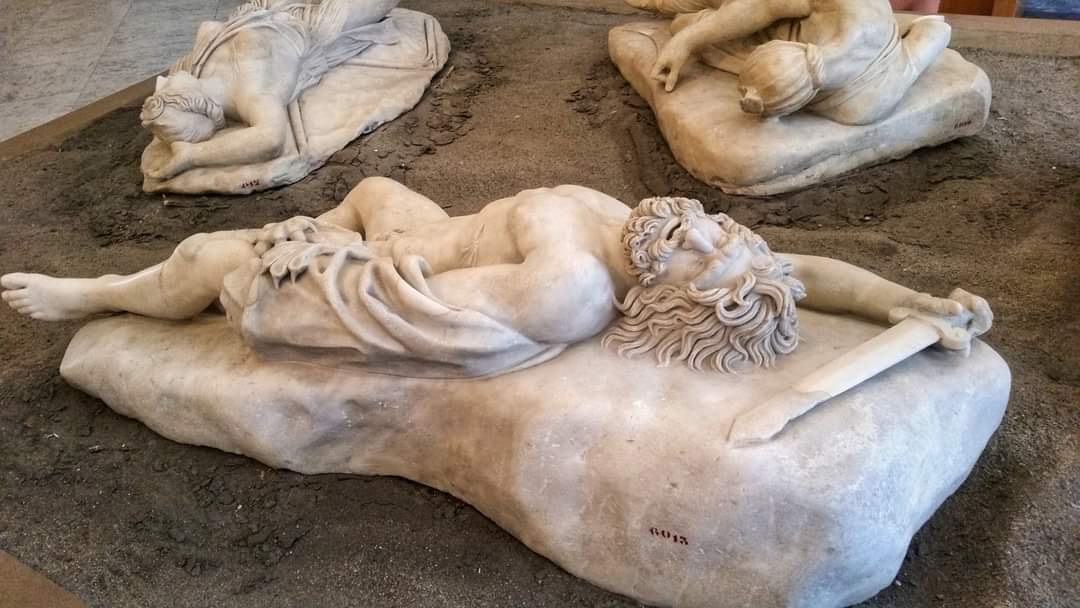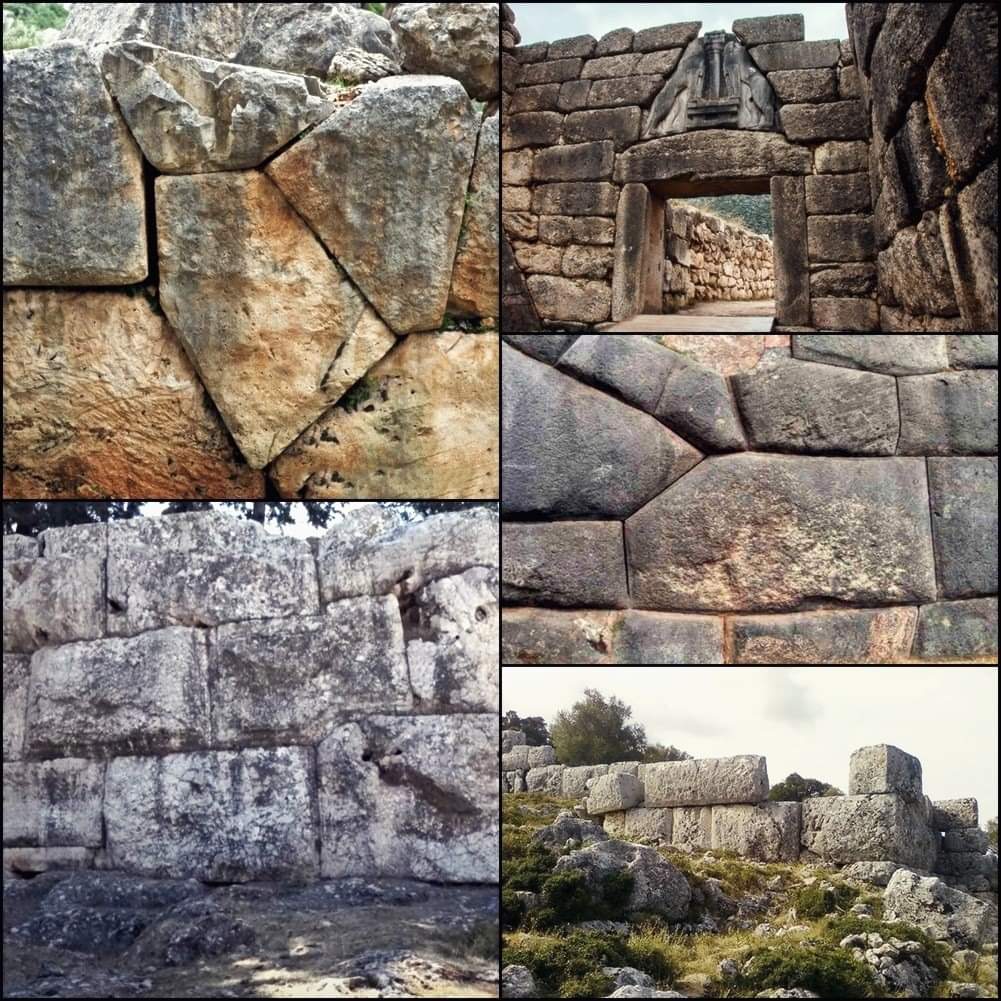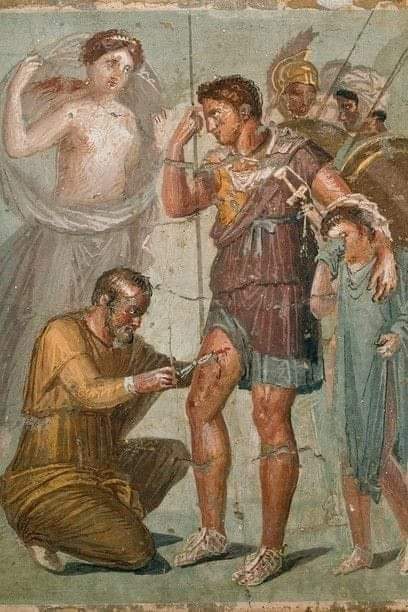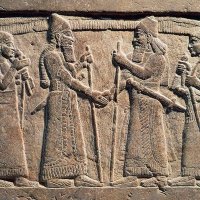

A Primeval Egyptian musical instrument 🎻🇪🇬
Follow us now for more intriguing archaeo discoveries!
#Egypt #ancientegypt #Archaeology #archaeohistories
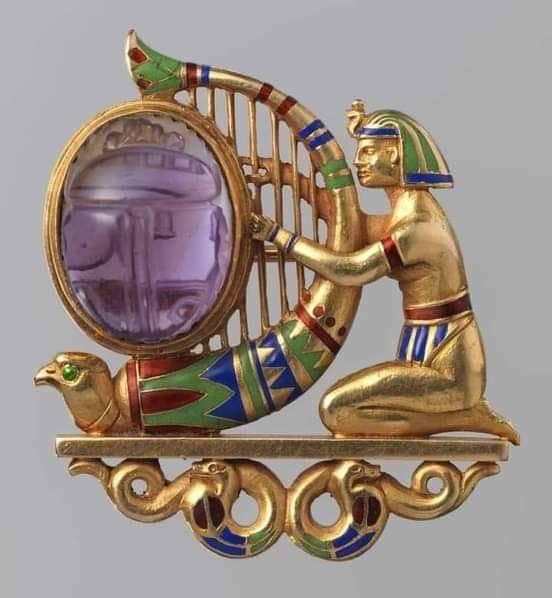

A Roman bronze colander from Pompeii, Italy, 1st century BCE!
Follow us now for more archaeo discoveries of yore!
#History #Archaeology #Colander #archaeohistories #Roman #Rome #Discovery #Pompeii #Italy
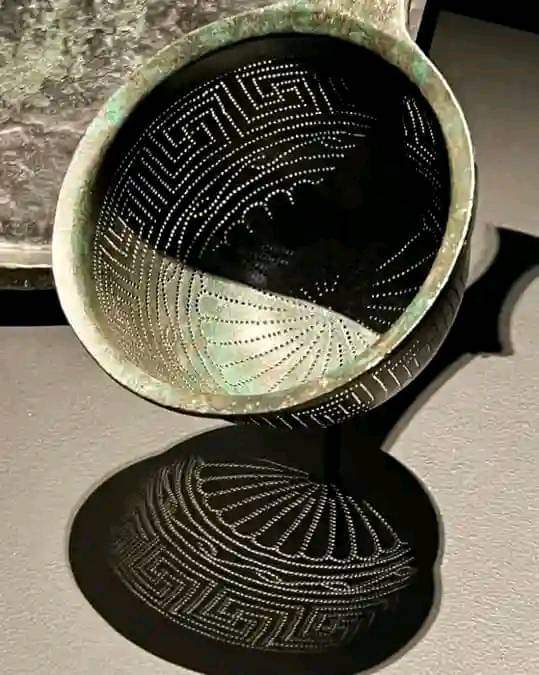
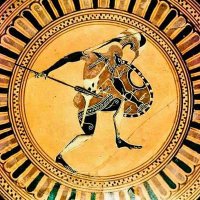



'The Butler Wash Petroglyph Panel!'
It is located in south eastern Utah, USA. These are believed to have been created by the Anasazi (Ancestral Puebloans), roughly 800 years ago.
Follow us now for more intriguing archaeo histories!
#History #Archaeology #archaeohistories …






Vallée des rois
Bracelet en or et lapis-lazuli portant le nom de Ramsès II. On ne sait pas s'il les a portés, mais il offre un aperçu du contenu perdu de sa tombe. #archaeohistories
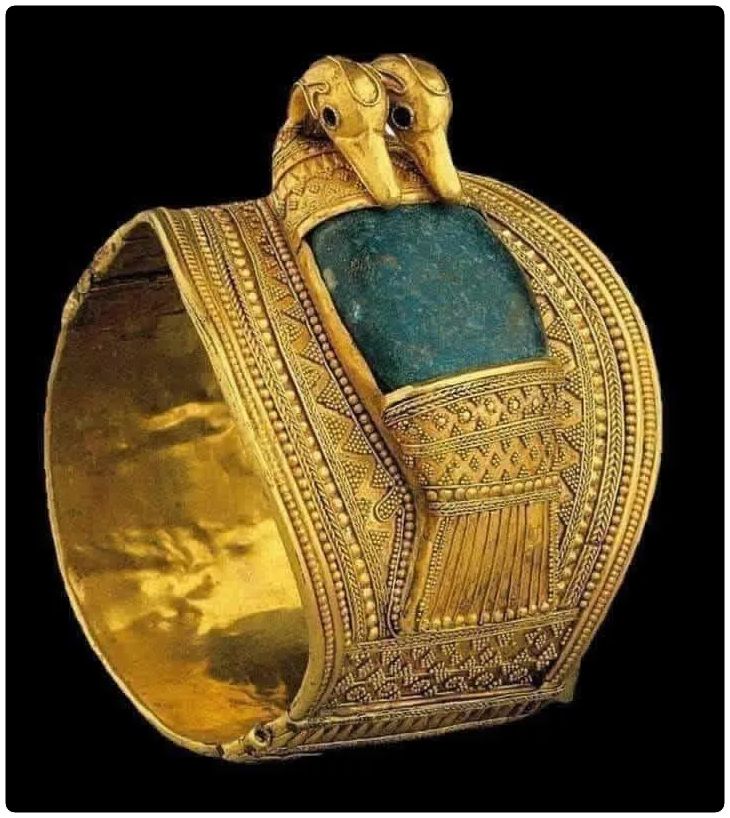







This sandstone Harihara (1000 AD), was once situated perhaps in Khajuraho, Madhya Pradesh, India; before it reached Major General Charles Stuart's Collection.
#archaeohistories
